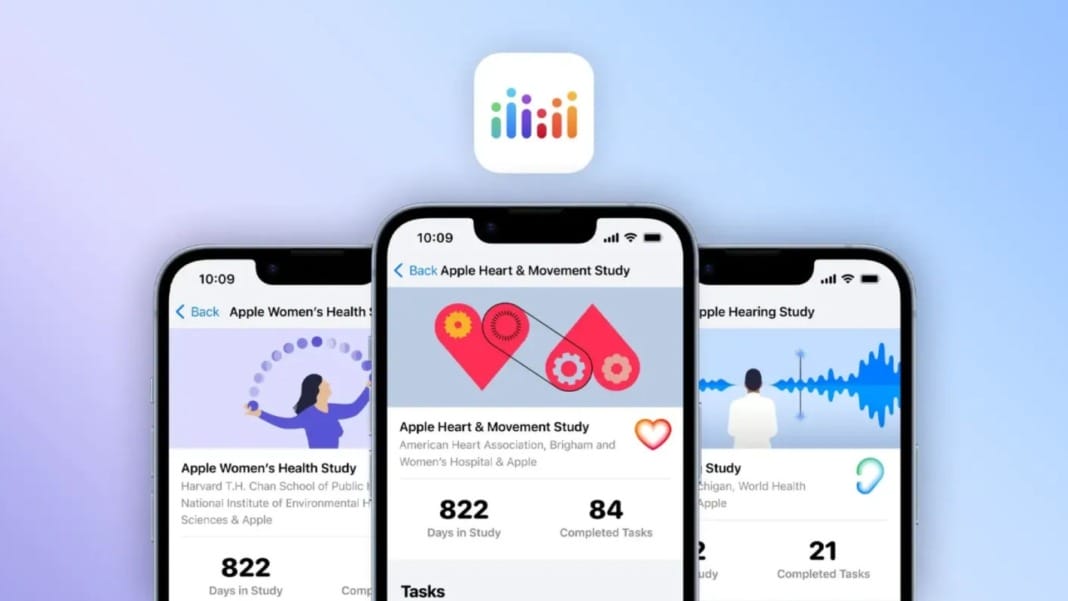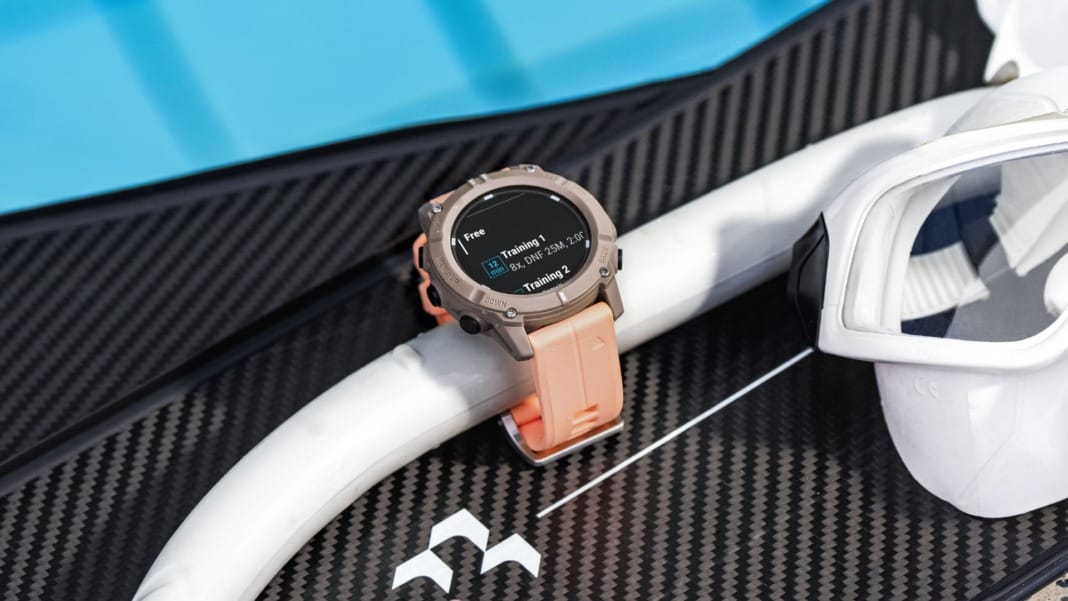Apple launched a new initiative, the Apple Health Study, on February 13, 2025. The study aims to explore how consumer technology influences physical, mental, and overall well-being. It will gather data from Apple devices and other consumer health technologies to understand their role in predicting, detecting, monitoring, and managing various health conditions.
The research covers various aspects of cardiovascular health, ageing, cognition, respiratory health, mental well-being, sleep, menstrual health, metabolism, and mobility. Apple aims to provide deeper insights into how technology can improve health outcomes and shape future health-related features in its devices.
Conducted in collaboration with a leading research hospital
Apple is partnering with Brigham and Women’s Hospital, a major teaching hospital affiliated with Harvard Medical School. The hospital has a strong background in medical research, with over 1,000 physician investigators and an annual research budget exceeding US$640 million. This collaboration ensures that the Apple Health Study is backed by scientific expertise and credibility.
The study builds on previous health research initiatives by Apple, such as the Apple Women’s Health Study, the Apple Hearing Study, and the Apple Heart and Movement Study. Insights from these studies have led to innovations in Apple’s products, including the ability of the AirPods Pro 2 to function as clinical-grade hearing aids.
How to participate in the Apple health study
Currently, the Apple Health Study is open only to participants in the United States. Those interested can enrol through Apple’s Research app. The findings from this study could influence future Apple health features, including improvements in the Vitals app, as seen in the Apple Watch Series 10.
Apple continues positioning itself at the forefront of health technology by leveraging its devices to contribute to medical research. With this latest study, the company hopes to gain valuable insights to help users better manage their health and well-being.





